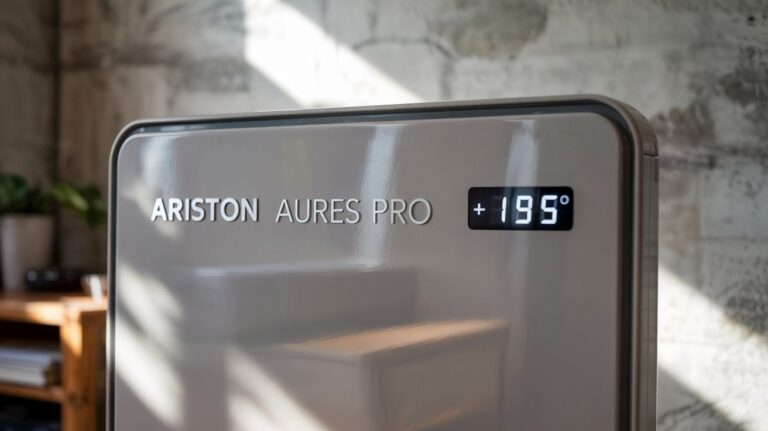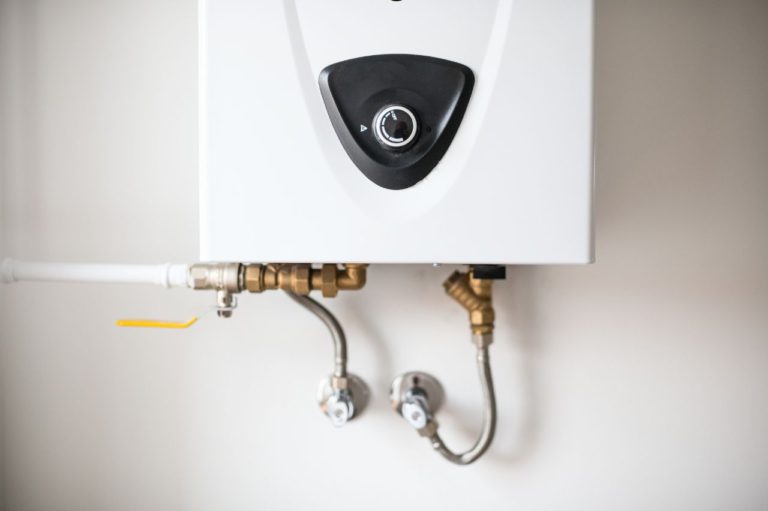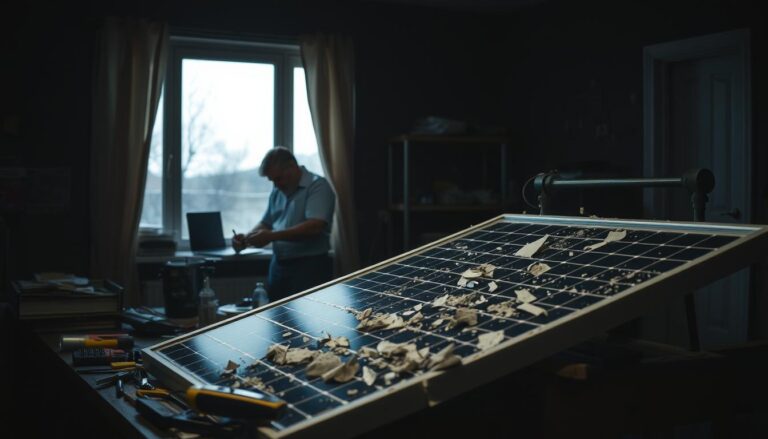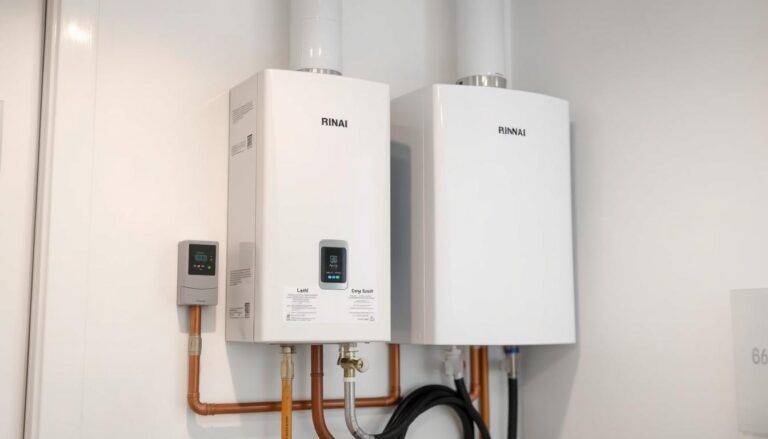Choosing the Right Hot Water Heater Size for Your Home
You might have noticed that sometimes there isn’t enough hot water for everyone to take a bath at home. Or perhaps, after running the dishwasher, there’s not enough hot water left for a warm shower. This happens because the size of your hot water heater might not be right for your family. So, how do you choose the perfect hot water heater size for your home? Let’s break it down in an easy way.
Why Hot Water Heater Size Matters
Hot water heaters come in different sizes, just like clothes. If you choose one too small, you might run out of hot water when you need it the most. But if you pick one that’s too big, you might end up using too much energy and it might cost more money. Choosing the right size helps you have enough hot water when you need it and keeps your energy bills in check.
Understanding the Basics
Before we jump into choosing the right size, it’s important to understand what a hot water heater does. It’s a big tank or sometimes a little box that heats up water so you can have a warm bath, wash your dishes, or clean your clothes.
How is Hot Water Heater Size Measured?
When you talk about the size of a hot water heater, you’re really talking about how much water it can heat up and store for you. There are two main ways to measure this:
- Tank Capacity: This tells you how much water the tank can hold, like saying a water bottle holds 16 ounces.
- Flow Rate (for tankless heaters): This is about how many gallons of hot water it can provide per minute.
Tank Heaters
If you have a tank heater at home, you’ll pick the size based on how much water you and your family use daily. Tank heaters can hold between 20 gallons to 80 gallons or even more, depending on your needs.
Tankless Heaters
Tankless heaters don’t store hot water like regular tanks. They heat the water as it flows through them, so flow rate is more important here. If your family uses a lot of hot water at the same time, a higher flow rate is necessary.
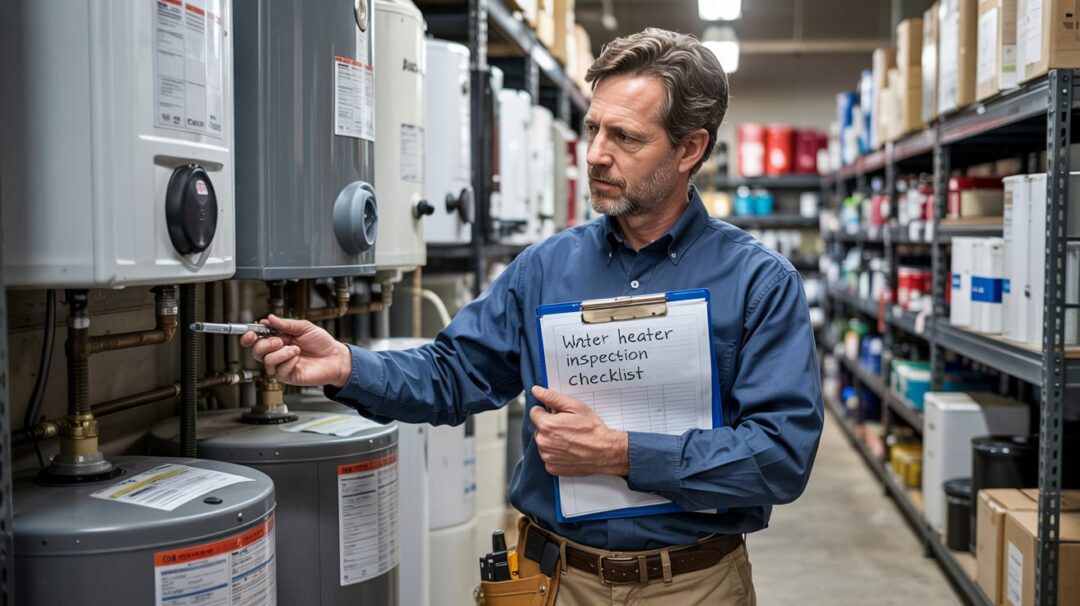
Factors That Affect Hot Water Heater Size
When deciding what size you need, think about your family’s habits. Let’s discover how these factors play a role:
Number of People in Your Home
More people usually mean more hot water is needed. If you live with a big family, you might need a larger heater.
Hot Water Usage
Think about how often you use hot water. Do you all take showers at the same time in the morning? Maybe you have a dishwasher or a washing machine that also uses hot water. These things help decide the size of the heater you should get.
Bathroom and Appliances
Count how many bathrooms are in your house and how many kitchen appliances use hot water. More bathrooms and appliances mean you might need more hot water.
How to Calculate the Right Size
Here’s a simple way to figure out what size you need. It’s like solving a fun puzzle!
For Tank Heaters
- Estimate the Peak Hour Demand: This is the biggest amount of hot water you might use in one full hour. Think about everyone showering, plus using the dishwasher, all at once.
- Look at First Hour Rating (FHR): When shopping, look for the FHR number on a tank heater. The FHR should match your home’s Peak Hour Demand.
Calculation Table: Peak Hour Demand
| Activity | Gallons Used Per Activity |
|---|---|
| Shower | 10 gallons |
| Dishwasher | 6 gallons |
| Washing Machine | 7 gallons per load |
Example: For a family of four, if everyone showers and you run the dishwasher at the same time: (4 showers × 10 gallons) + (1 dishwasher load × 6 gallons) = 46 gallons needed in the peak hour. You’d look for a tank heater with at least this FHR rating.
For Tankless Heaters
- Calculate the Flow Rate: Determine how much water you want your heater to provide at one time, in gallons per minute (GPM).
- Consider Temperature Rise: Find out the difference between the cold water entering your house and the temperature you want your hot water to be.
Example: Flow Rate & Temperature
| Activity | Flow Rate (GPM) |
|---|---|
| Shower | 2 GPM |
| Dishwasher | 1.5 GPM |
| Washing Machine | 2 GPM |
Example: If you want two showers and a dishwasher to run at the same time: (2 showers × 2 GPM) + (1 dishwasher load × 1.5 GPM) = 5.5 GPM. Look for a tankless heater that can support this.
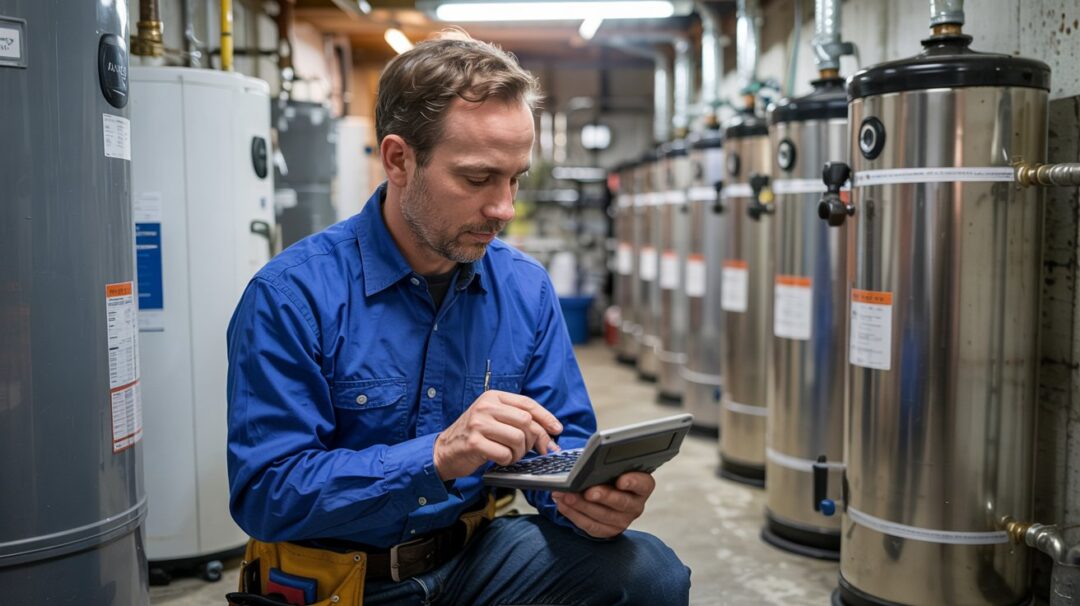
Different Types of Hot Water Heaters
Conventional Storage Tank
This is what most people have. It keeps a big amount of hot water ready all the time. It’s like having a jug of water sitting in the fridge, always ready for a drink.
Tankless (On-Demand)
These don’t store water but heat it as you need it. It’s like turning on the faucet and getting cold water to turn warm instantly.
Heat Pump (Hybrid)
These are a bit smarter. They take heat from the air or ground to warm the water, saving energy. It might have a small tank too.
Solar Water Heaters
These use the sunshine to heat your water. They are friendly to the earth but need lots of sunshine to work well.
Condensing Water Heater
These are great for gas heaters. They make use of any leftover gas to keep the water hot, saving on energy bills.
Advantages and Disadvantages of Each Type
Here’s a quick look at each type’s good and not-so-good sides.
Storage Tank Heaters
- Pros: Less expensive upfront, simple to install and repair.
- Cons: Limited hot water supply, can waste energy by keeping water hot all the time.
Tankless Heaters
- Pros: Provides unlimited hot water, saves space, energy-efficient.
- Cons: Higher initial cost, can have limits if several hot water uses happen at once.
Heat Pump Heaters
- Pros: Uses less energy, saves money on energy bills.
- Cons: Needs more space and only works well in warmer areas.
Solar Water Heaters
- Pros: Eco-friendly, saves money on energy bills.
- Cons: High upfront cost, reliant on sunny weather.
Condensing Heaters
- Pros: Highly energy efficient, especially for large families.
- Cons: More expensive to purchase and install.
Tips for Choosing the Right Hot Water Heater
Consider Your Budget
Different heaters come with different price tags. A tankless heater might cost more now, but save money over time with lower energy bills.
Measure Available Space
Make sure you have enough room where you intend to put the heater. Some, like the tankless ones, take up less space.
Efficiency Matters
Look for heaters with a high Energy Efficiency rating. They help the earth and your wallet by using less energy to heat water.
Maintenance Tips for Longevity
Taking care of your water heater helps it last longer and keeps working well.
Regular Check-Ups
Just like visiting the doctor keeps you healthy, checking your water heater regularly can prevent problems. This can be as simple as flushing out the tank once a year for tank heaters to avoid build-up.
Watch for Signs
If your water isn’t hot enough, or you see rusty-colored water, it might be a sign that your heater needs some help.
Professional Help
Sometimes finding someone who knows how to fix or check your water heater can be much easier and safer!
Conclusion
Choosing the right size hot water heater is like picking the right pair of shoes. They need to fit just right! Understanding your family’s needs and matching that with the perfect heater size ensures you’ll have hot showers and clean dishes whenever you need them. Plus, you’ll be saving money and helping the environment, which is always a great bonus!



